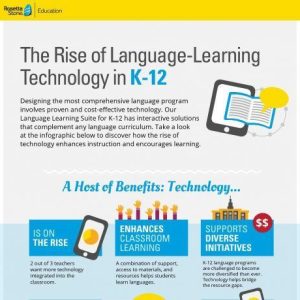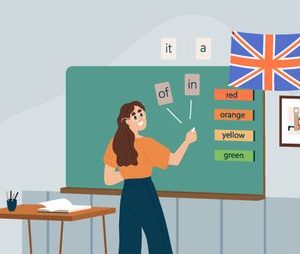In today’s digital age, technology plays a crucial role in education. From online learning platforms to virtual classrooms, technology has revolutionized the way students learn and engage with course material. However, not all students have equal access to these tools and resources. In order to create a truly inclusive learning environment, it is essential to ensure that all students, including those with disabilities, have access to the same learning opportunities.
Understanding Accessibility in the Tech Niche
Accessibility in the tech niche refers to the design and implementation of technology that is usable by individuals with disabilities. This includes making websites, software, and other digital tools accessible to everyone, regardless of their physical or cognitive abilities. By incorporating accessibility features into tech products, developers can ensure that all users can fully participate in the digital world.
Key Principles of Accessibility Design
When designing technology for education, there are several key principles to keep in mind to ensure accessibility for all students:
1. Provide Multiple Means of Representation
One of the main principles of Universal Design for Learning (UDL) is to provide multiple means of representation. This means presenting information in multiple formats, such as text, images, audio, and video, so that students can choose the format that works best for them. By providing multiple means of representation, educators can cater to the diverse learning styles and abilities of all students.
2. Offer Multiple Means of Action and Expression
In addition to providing multiple means of representation, it is important to offer multiple means of action and expression. This includes providing alternative ways for students to interact with course material, such as through keyboard shortcuts, voice commands, or screen readers. By offering multiple means of action and expression, educators can empower students to demonstrate their understanding in a way that works best for them.
3. Ensure Readability and Navigation
Another key aspect of accessibility design is readability and navigation. This includes using clear and concise language, organizing content in a logical manner, and providing navigational aids such as headings, links, and buttons. By ensuring readability and navigation, educators can help students easily navigate and understand course material.
Practical Tips for Creating Accessible Learning Environments
To create accessible learning environments for all students, consider implementing the following practical tips:
1. Use Alt Text for Images
When including images in course materials or online platforms, be sure to provide alternative text (alt text) descriptions for each image. Alt text helps students who are visually impaired or using screen readers understand the content of the image.
2. Provide Closed Captioning for Videos
For videos used in online lectures or instructional materials, make sure to provide closed captioning. Closed captioning helps students who are deaf or hard of hearing access the audio content of the video.
3. Use Responsive Design for Websites
Ensure that online platforms and course websites are designed using responsive design principles. Responsive design ensures that websites adapt to different screen sizes and devices, making them accessible to students using desktop computers, laptops, tablets, or smartphones.
Conclusion
Creating accessible learning environments for all students is essential in today’s technology-driven education landscape. By incorporating accessibility features into tech products and educational materials, educators can ensure that all students have equal access to learning opportunities. By following key principles of accessibility design and implementing practical tips, educators can create inclusive learning environments that cater to the diverse needs and abilities of all students.







